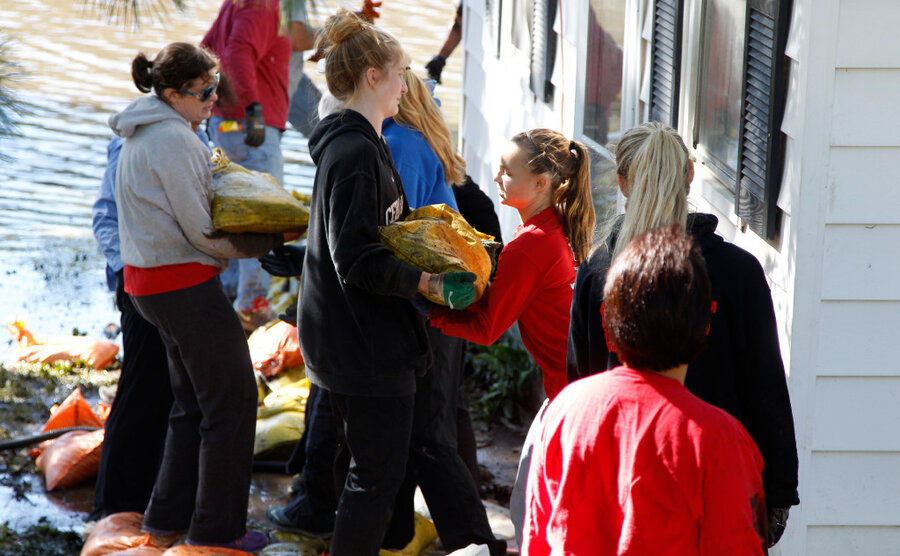The measure of civic virtues in a lost letter
Researchers around the world keep trying new ways to measure how much people care for others in their community, or what’s called civic engagement. Take a recent experiment around Perth, an Australian city. Social scientists there left 300 letters on the streets, half of them stamped and half not. Of the 300, 92 of the stamped were delivered compared to 42 of the unstamped.
Paying for a stamp was hurdle for many. For others, simply going to a postal box was difficult. But what researchers hope to explore is why more letters were delivered in certain communities than in others. They want to figure out what can build up trust and neighborly connections.
Many other places are already experimenting with ways to do that. A few years ago in Birmingham, Ala., local volunteer groups were given small grants of less than $2,000 for projects that would improve their neighborhoods, such as removing graffiti. The money was provided by the national group Love Your Block. One result: Crime went down in these neighborhoods because of the new social cohesion.
Civic engagement shows up in various activities, from community service to voting or even in posting a found letter. At its core are qualities of hope and trust that extend beyond family and friends. For many, democratic politics and national elections are the greatest measure of civic engagement. But as President Obama told the United Nations in September: “Too often, in capitals, decisionmakers have forgotten that democracy needs to be driven by civic engagement from the bottom up, not governance by experts from the top down.”
So what is the global state of civic engagement? In a 2016 survey of 140 countries, Gallup ranked countries by how much of their population is inclined to give back to their communities. Perhaps surprisingly, the top ten countries on the Gallup index included more than wealthy countries. Myanmar came out on top, with Sri Lanka and Indonesia not far behind.
What’s more, the survey found that the most common form of giving back to a community was in helping a stranger in need (44 percent). Donating money was second (27 percent) followed by volunteering (20 percent).
No matter how you measure it, civic engagement is the bedrock of social peace and economic prosperity. Perhaps one way to start building more of it is to put a mirror up to a community. Perhaps more cites and towns should drop a few letters on the street to see how many are delivered.








